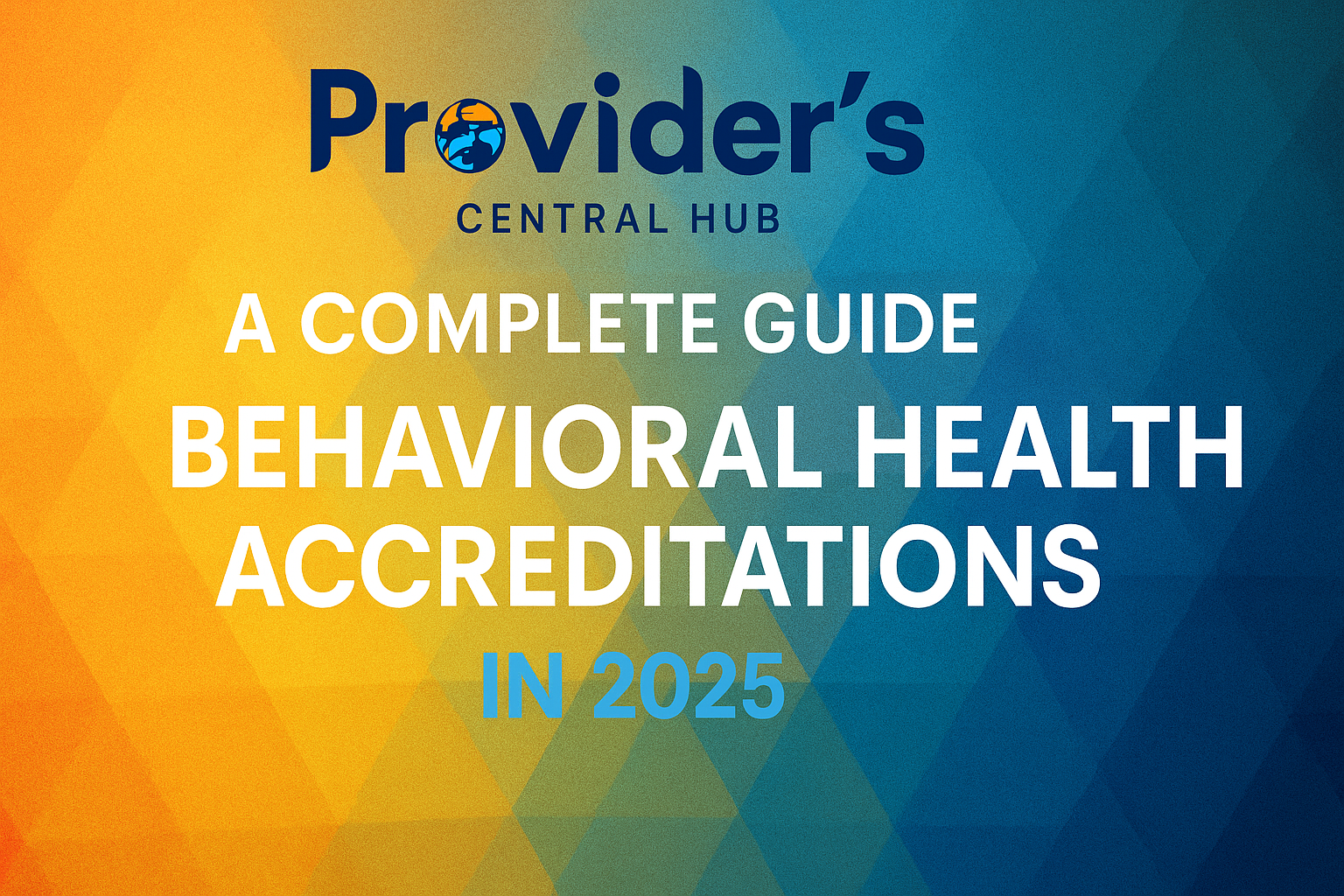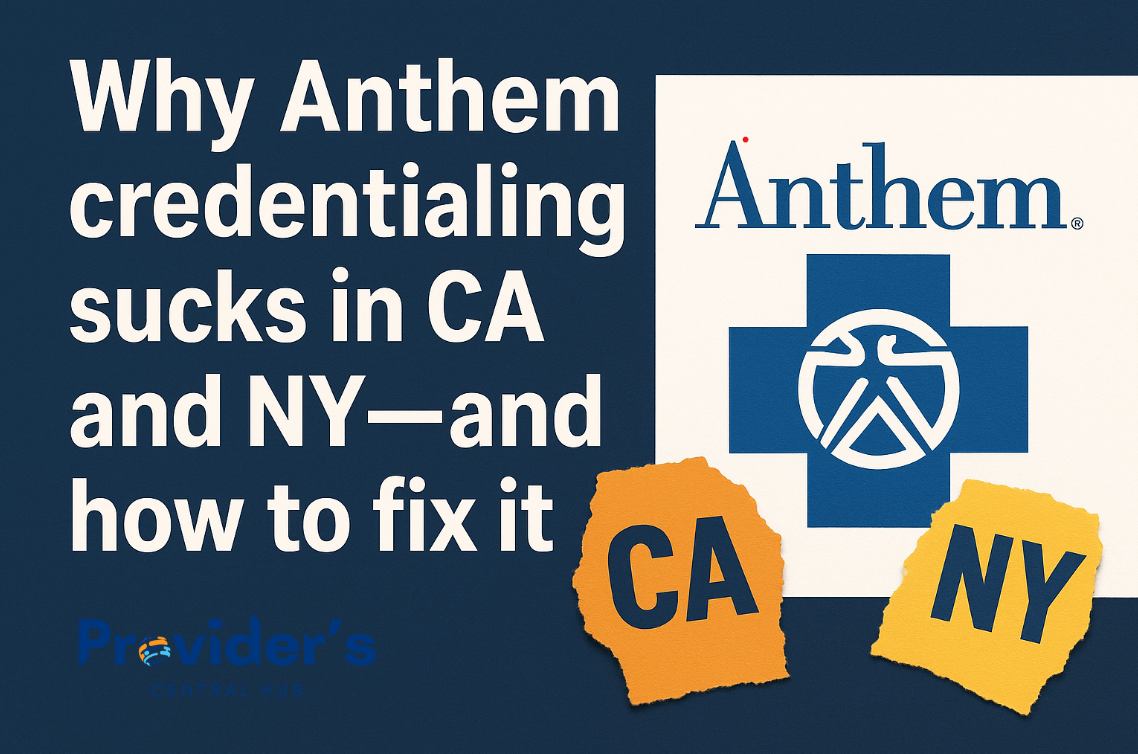Management of Arrhythmias
In our last week blog, we discussed the diagnostic approach to arrhythmias. This week we will focus on the management of arrhythmias.
Arrhythmias are broadly classified into two categories:
- Bradyarrhythmias
- Tachyarrhythmias
Management of Bradyarrhythmias
Heart rate less than 60 with features of instability, such as hypoperfusion? Rule out underlying causes:
Sinus Bradycardia
▸ SA Node and AV Node Causes:
- Beta-blockers – Antidote: Glucagon
- Calcium Channel Blockers (CCB) – Antidote: Calcium
- Digoxin – Antidote: Digibind
- Hyperkalemia – Antidote: Calcium
- High vagal tone
- Decreased sympathetic tone
▸ Nodal Destruction:
- Inferior wall MI (look for angina, increased Troponins, ST elevation in leads II, III, aVF)
- Old age – Fibrosis of AV node
▸ Still persists? Give Atropine.
▸ No response? Give Epinephrine.
▸ Still no response? Consider transcutaneous pacing and transvenous pacing; once stable, proceed with a permanent pacemaker.
Management of Tachyarrhythmias
Stable Tachycardia
- PSVT (Paroxysmal Supraventricular Tachycardia)
- Suppress the AV node with a vagal maneuver.
- No effect? Adenosine 6 mg.
- Still ineffective? Adenosine 12 mg.
- Recurrent SVT? Start Beta-blockers (BB) or Calcium Channel Blockers (CCB).
- Persistent cases? Consider radiofrequency ablation.
- Atrial Flutter and Atrial Fibrillation
- Treat the underlying cause (e.g., hypokalemia, hypomagnesemia).
- Start rate control with BB, CCB, or Digoxin.
- No response? Use rhythm control with Amiodarone (in heart failure) or Sotalol (if coronary artery disease).
- For refractory cases, consider radiofrequency ablation.
- Ventricular Tachycardia (VT)
- Start rhythm control with Amiodarone (in heart failure) or Lidocaine (if myocardial infarction).
- Long-term control with BB.
- Recurrent VT? Use an Automated Implantable Cardioverter Defibrillator (AICD).
- Torsades de Pointes
- IV Magnesium.
- Consider AICD.
- Unstable Tachycardia
▸ Tachycardia with signs of instability (complications of arrhythmias)? Begin electrical therapy:
▸ Synchronized direct current cardioversion – Used for atrial flutter, AFib, VT, VF.
▸ Defibrillation – For Torsades de Pointes.




